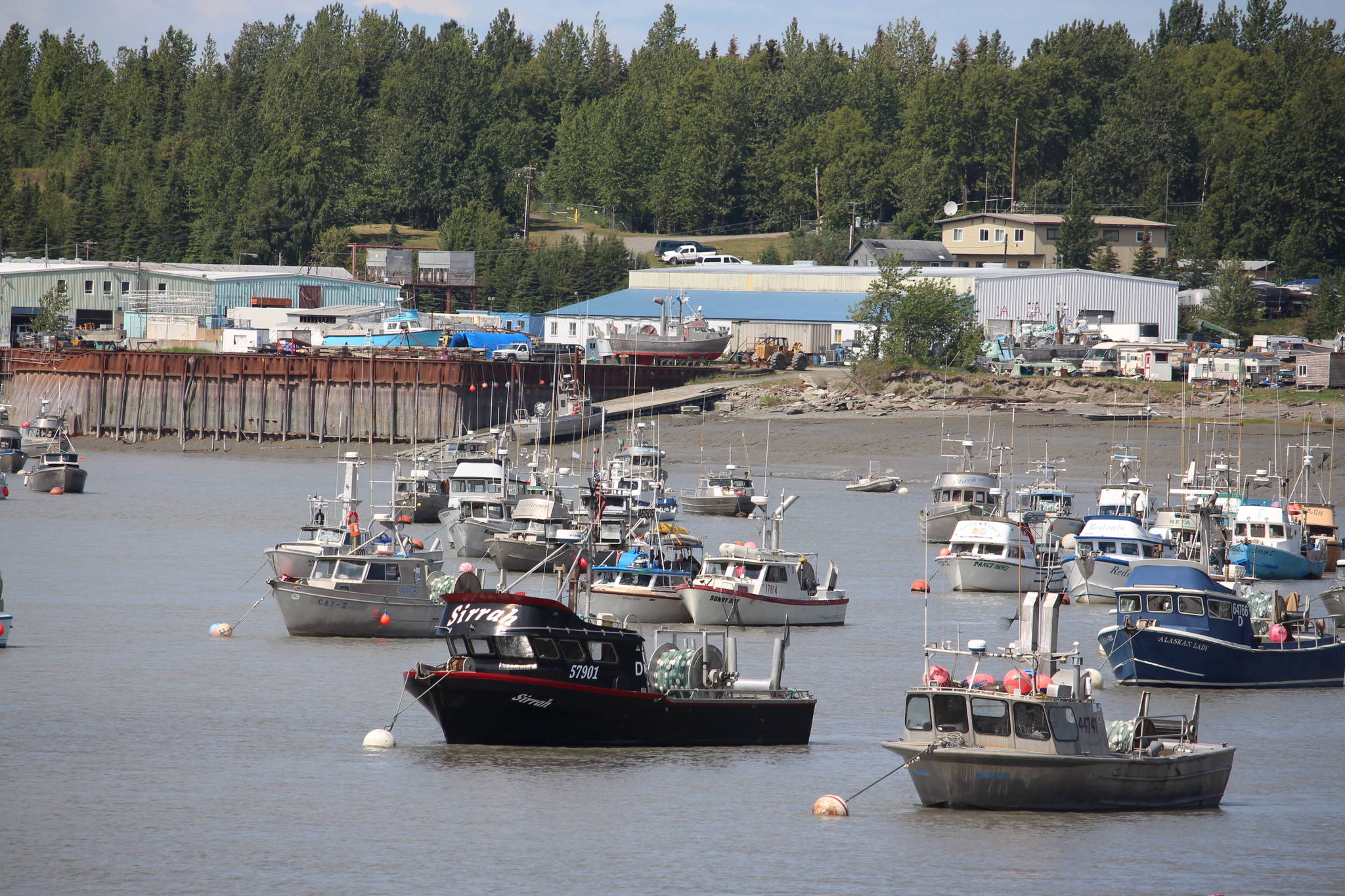As the peninsula’s commercial fishers come out of a difficult year, they are also entering a time of unknowns, from the pending closure of the EEZ to commercial fishing, to how seasonal employees can be brought up from the Lower 48 amid COVID vaccination efforts, to whether or not attempts by lawmakers to adapt the fishery will succeed.
Alaska Salmon Alliance’s Robert Ruffner spoke with the Clarion earlier this month and said that, come summer, peninsula fish processors will have to figure out how to continue COVID-19 mitigation among seasonal workers who will be coming to the peninsula from other places.
The Alaska Department of Health and Social Services announced earlier this month that anyone who lives or works in Alaska and is over the age of 16 is eligible to receive the COVID-19 vaccine. That includes workers in the commercial fishing industry. The state announced in February that seafood workers from other states would have equal access to vaccines in response to COVID-19 outbreaks in plants and on offshore processors.
Ruffner said that processors and fishermen alike are also waiting for a final decision to be made on whether or not Cook Inlet’s Exclusive Economic Zone, or EEZ, will close to commercial salmon fishing starting next summer. The North Pacific Fishery Management Council voted last year to recommend the EEZ’s closure, though Ruffner said U.S. Secretary of Commerce Gina Riamondo, who was confirmed by the Senate earlier this month, could veto the council’s decision.
The Alaska Department of Fish and Game said in their 2021 Upper Cook Inlet Sockeye Salmon Forecast that sockeye salmon runs are expected to be slightly higher than last year, but will still fall below five- and 20-year averages. According to previous Clarion reporting, that forecast estimates that about 4.37 million sockeye salmon will return to Upper Cook Inlet this season and that about 2.37 million of those will be available for harvest from all fisheries. About 4.36 million fish returned to Upper Cook Inlet during the 2020 sockeye salmon run.
The Alaska Department of Fish and Game released their official outlook for the 2021 Lower Cook Inlet Commercial Salmon Fishery earlier in March, which predicts an overall decrease in the number of all fish types compared to the 2020 season.
The department predicts that the overall commercial common property harvest from Lower Cook Inlet will be 2.1 million salmon, 4% of which are anticipated to be of hatchery origin harvested from special harvest areas. Additional harvest projections for 2021 include a total projected harvest of about 221,100 sockeye salmon, 33,500 chum salmon, 6,400 coho salmon and 600 chinook salmon.
Efforts to reduce fishing gear in Cook Inlet are also underway in Juneau, where State Sen. Peter Micciche, R-Soldotna, is again trying to pass a bill establishing a fishing permit buy-back program. The program would close commercial fishing in the retired permit’s area. Micciche has said the bill is the product of multiple user groups working together to create a more viable Cook Inlet fishery.
In his sponsor statement for the legislation, S.B. 29, Micciche said the legislation would also alleviate tensions between conflicting fishing groups in the region and offer fishermen a way to “fairly” leave the fishery.
“SB 29 supports all user groups; commercial, sport, personal use and subsistence relief from that stress by reducing the number of set netters in the east side set net fishery by nearly half,” Micchiche wrote. “By reducing the number of set net operations on the east side of Cook Inlet we will see a more viable commercial fishery for those remaining and adequate production for the processing industry. “
Earlier this month, the bill was referred to the Senate Finance Committee.
Reach reported Ashlyn O’Hara at ashlyn.ohara@peninsulaclarion.com.

